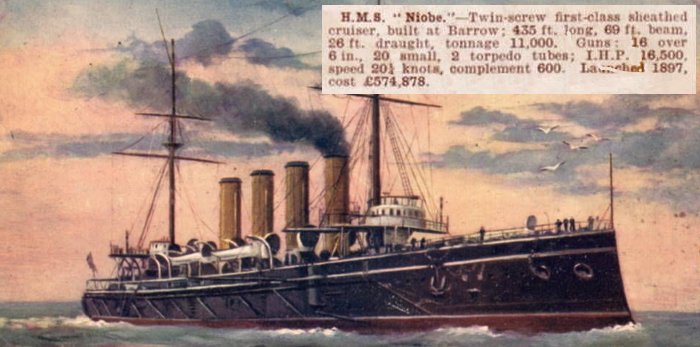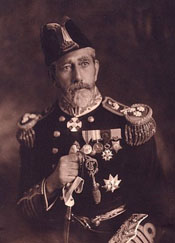Sgt.-Maj McKenzie and Drummer Flinn
Topic: Medals
The Victoria Cross
The Daily Sun; St John, N.B.; 16 July 1892
The Case of Drummer Flinn —
Sergt.-Major McKenzie's Many Engagements
To the Editor of the Sun:
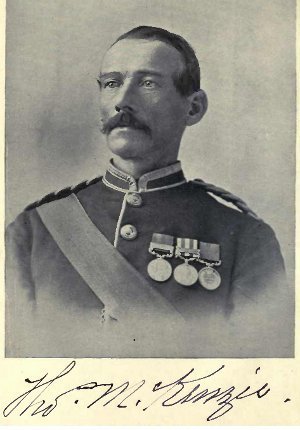 Sir—In the Fredericton Farmer of a late date there was published an item headed "Hero and Pauper," relating to Drummer Thomas Flinn, late of the 64th Regiment, and with reference to that item a Farmer reporter interviewed Sergt. Major McKenzie who served in that regiment, as to Flinn's heroism. In the life of Lieut.-General Sir James Outram, which I received from the legislative library, published by Major-General Sir F.J. Goldsmid, I find in a memoir in the Times of India, the following" His thoughts of and core for the soldiers, says one of his staff, was such as is not often felt by generals for their men. He had with him during the Persian campaign an orderly bugler, Thomas McKenzie, of the 64th. On the line of march, I have seen him looking down and say, 'McKenzie, you are not smoking,' 'No, sir,' would be the answer, 'I have no tobacco.' The general's cheroot case was at once at the bugler's disposal, and he would stop his horse and from his own cheroot give a light to McKenzie."
Sir—In the Fredericton Farmer of a late date there was published an item headed "Hero and Pauper," relating to Drummer Thomas Flinn, late of the 64th Regiment, and with reference to that item a Farmer reporter interviewed Sergt. Major McKenzie who served in that regiment, as to Flinn's heroism. In the life of Lieut.-General Sir James Outram, which I received from the legislative library, published by Major-General Sir F.J. Goldsmid, I find in a memoir in the Times of India, the following" His thoughts of and core for the soldiers, says one of his staff, was such as is not often felt by generals for their men. He had with him during the Persian campaign an orderly bugler, Thomas McKenzie, of the 64th. On the line of march, I have seen him looking down and say, 'McKenzie, you are not smoking,' 'No, sir,' would be the answer, 'I have no tobacco.' The general's cheroot case was at once at the bugler's disposal, and he would stop his horse and from his own cheroot give a light to McKenzie."
I have interviewed the sergeant major on this matter and he tells me the like often occurred, and in answer to questions the sergeant major tells me he was talking to Sir Henry M. Havelock Allen's servant on board the steamer Scindian, on the river Karoon, en route to Mohammerab, Persia, when the servant was struck with a round shot from the enemy's battery, about four hundred yards distant, and Sir James Outram was saved by being shot by a hookah (pipe) a friend of his was smoking on the same boat. The general's cool remark was, "they have out your pipe out."
Do you remember Sergt. Major, the night attack at Kooshab of Sir James falling and his horse rolling over him at that place which I also find in his life? "Yes, I remember the circumstance well. Fir when he fell, I immediately dismounted and out him in a doolah and remained bathing his head with water for about four hours until he was able to take command of the forces. For that service Sir James presented me with a silver watch and gold chain, and told me he would recommend me for the Victoria Cross, and he remarks, 'You saved my life at Kooshab.' "
Why did you not get the Victoria Cross? "After the Persian campaign our regiment was ordered home to Kurrachee, Bombay Presidency, but in place of going direct home the mutiny in Bengal Presidency had just broken out, and our regiment was ordered there and did not return to Kurrachee for two years afterwards, or until the Indian mutiny was over. If the regiment had returned to Kurrachee I would have been then recommended for the Victoria Cross, for several officers, as well as that commander of our regiment, knew of my action; but during the Indian mutiny we lost nearly all the regiment, as history tells, at Cawnpore and other places. I may further say regarding the Victoria Cross, the last time I saw Sir James was the day we buried Sir Henry Havelock at Alumbah, near Lucknow, when he again told me I would receive the award, but shortly after the mutiny our regiment was ordered home to England. Still, I may further say, regarding this medal for valour during war, that Sir James called to see me in Dover, England, but I was on furlough at the time and in my absence he stated to the officer, then commanding my regiment, I was entitled to the Victoria Cross. Unfortunately for me I was not there. A few days after I returned from furlough I volunteered (Trent affair, 1861) to Canada. Still after I arrived in New Brunswick I expected to receive the Victoria Cross, and after sufficient time elapsed I wrote to the officer commanding my regiment, but received no reply. In 1863 I wrote to Sir James on the matter, but my letter was returned with a note informing me that Sir James had lately died. I may say that I am still expecting to receive the Victoria Cross, for at present I am corresponding on the matter with the authorities in England."
You must have seen hard times during your service. How many actions have you been in and have you ever been wounded? "I have been in twenty-three general engagements, but have never been wounded. I took a rifle to fire a few shots at Kooshab in Persia, and was loading as a rear rank man, kneeling position, when the right heel of my boot was show off, which I did not know about until I raised to move on. Although I had seen many fall this was the nearest to myself during the many battles I was present at.
[signed] Militiaman. Sussex, N.B., July 7th
[In connection with the above it may be mentioned that Sergt. Major Mckenzie resided in this city [St John] for several years previous to his transfer to Fredericton. During his residence here he was captain and adjutant of the 62nd battalion as well as drill inspector.]
The article from the Farmer referred to is:
Arthur Hancock, late of the Canadian Royal Military School, deserves the thanks of every justice-loving Canadian and Britisher, for his letter which appears in an English paper under the heading of A Hero and a Pauper. The Farmer believes that it is possible, to save the hero referred to from the fate which threatens him. The letter is as follows:
"The interesting research into the present whereabouts and of former services of the heroes decorated with the Victoria Cross has resulted in the discovery of the only holder of that medal who is ending his days in the workhouse. Drummer Thomas Flinn, late 64th regiment, is the only member of that regiment who has received a medal 'For valor,' and wears also the medals for 'Persia' and 'India.' he served in Persia, and afterwards, during the mutiny, being present, among other stirring events, at Cawnpore and Lucknow under Outram and Havelock. At Cawnpore he was one of the regiment commanded by Major Stirling and nobly led by Lieutenant H. Havelock, A.D.C., when on November 28th, 1857, they charged the rebel guns. Infantry charging guns was perhaps unheard of, but such men, so led, could do anything. Flinn, wounded in the charge, engaged to artillerymen at a gun, killed them and took the gun. Lieutenant Havelock (now Sir H. Havelock-Allen) and Flinn both received the Victoria Cross. Flinn is now, and has been for some years in Athlone workhouse—old, ill, and with but a few years to look forward to. General Havelock, in his address to the army said: 'Soldiers, your labours, your privations, your sufferings and your valour will never be forgotten by a grateful country;' yet Flinn, one of the bravest where all were courageous, has been forgotten (even his £10 a year is confiscated by the guardians), and presents a notable object lesson in national ingratitude. Surely someone, including the regiment he so distinguished, will do something for him, before—all too soon—the last words are told that one of Britain's "bravest brave" has been consigned to the grave of a pauper whom nobody owns. Little would save him from this sad fate, and the press may do what a cold officialdom denies."
Knowing that Sergt. Major McKenzie of the Infantry School Corps here has done duty at Cawnpore, Lucknow and elsewhere, the Farmer interviewed him in reference to the great deed performed by the herp refered to above. The sergt. major declined to speak of any achievement of his own in any of the great battles in which he figured, although those who know his record say that none who ever wore the Victoria Cross better deserved it than the same Sergt. Major McKenzie. Speaking of Flinn's heroism. the sergt. major said to the Farmer" 'I have seen a copy of the letter to which you refer. It was sent to me only the other day by Lieut. Col. Morris, who is now an inspector of the Northwest Mounted Police at Fort MacLeod. I well remember Flinn's heroism, although it is 35 years since the event which called it forth happened. Two of http://news.google.com/newspapers?nid=37&dat=18920716&id=t5s1AAAAIBAJ&sjid=dygDAAAAIBAJ&pg=5105,1572648the great rebel guns were causing great destruction among our forces which were led by Gen. Havelock. I was then a sergeant and on Gen. Havelock's staff as field bugler. I heard the general say to his son, then his A.D.C. And now Sir H.M. Havelock-Allen, 'Go and tell the 64th to spike those two guns of the enemy.' Young Havelock did not, as he might have done, transfer the order to Major Stirling, but as quickly as a flash, led a company of the 64th out in face of the terrible danger, and Flinn won glory for himself, his regiment and his country by killing two artillerymen at one of the guns as the about applying the port fire to fire the gun, which if done would have meant disaster to Lieut. Havelock, Flinn and the other of the company of the 64th. The deed was regarded at the time as one of the most daring in the history of great battles of the world.
Whatever we may say about the bluster of the United States, one thing is greatly to their credit. They look after their heroes. In this respect Canada and England might learn a wholesome lesson.
The case of Flinn is one worthy of the attention of the British government, and the Farmer sincerely hopes that Arthur Hancock may be covered in glory for having called attention to it.
Posted by regimentalrogue
at 12:01 AM EST
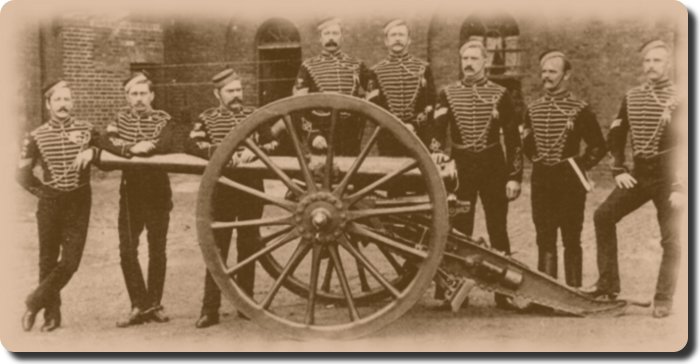

 Sir—In the Fredericton Farmer of a late date there was published an item headed "Hero and Pauper," relating to
Sir—In the Fredericton Farmer of a late date there was published an item headed "Hero and Pauper," relating to 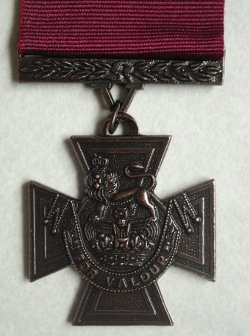
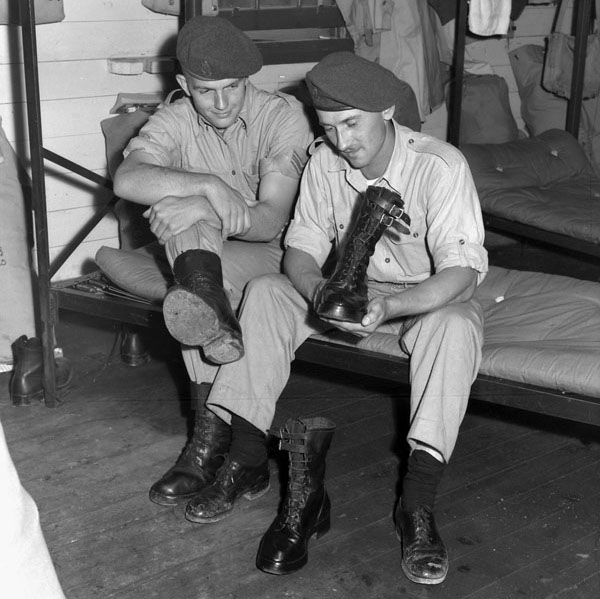
 Geographical
Geographical

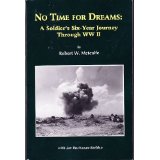


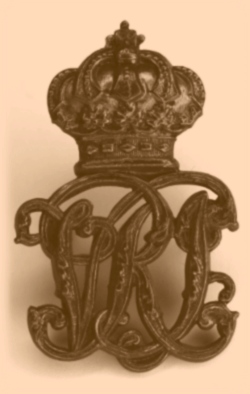 Sir.—In a somewhat bitter letter which appeared in your columns recently, Lieut.-Col. O'Brien, 35th Battalion, makes a strong attack on the
Sir.—In a somewhat bitter letter which appeared in your columns recently, Lieut.-Col. O'Brien, 35th Battalion, makes a strong attack on the 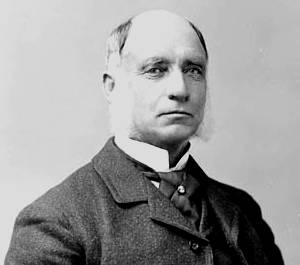 Lieut.-Col.
Lieut.-Col. 
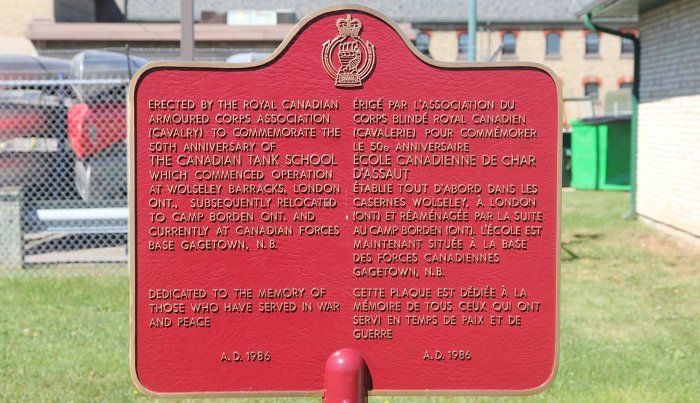

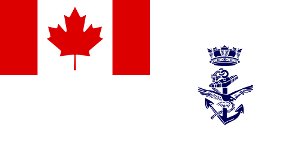
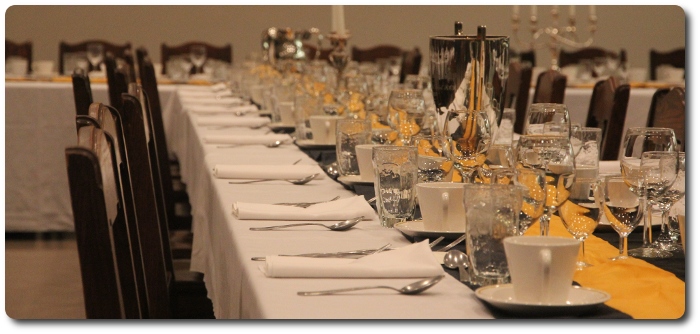



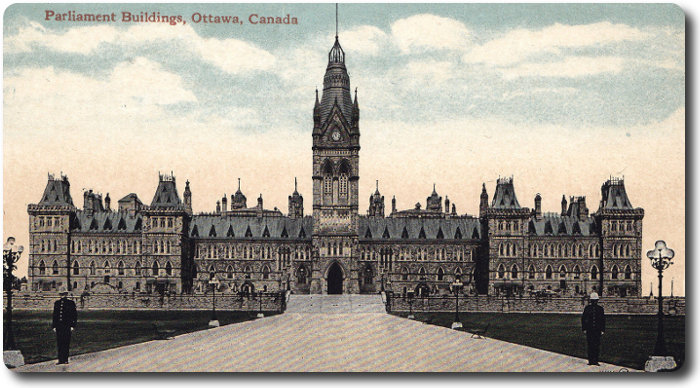

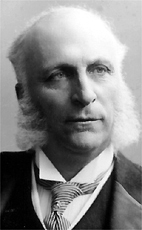
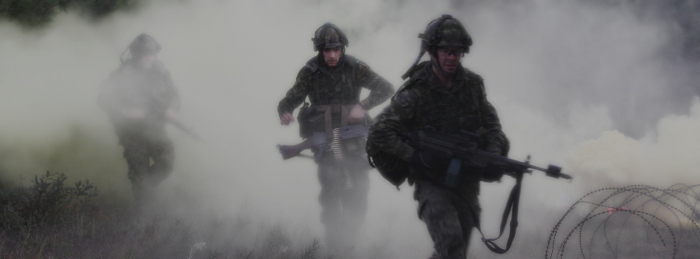
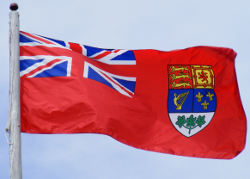
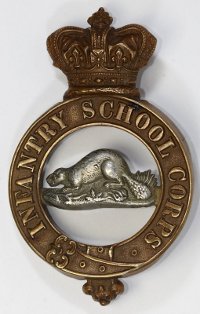




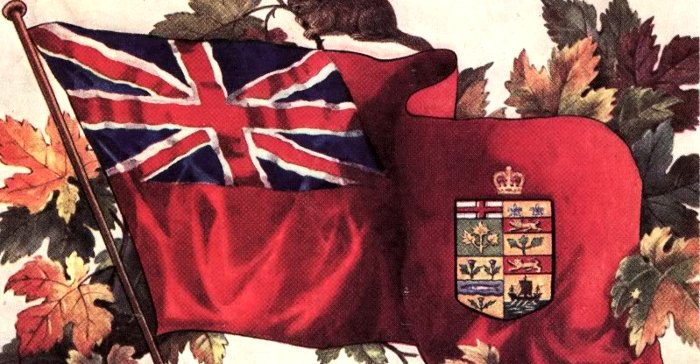


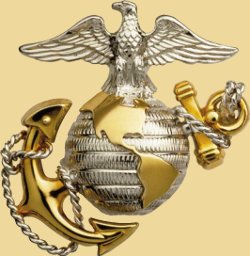



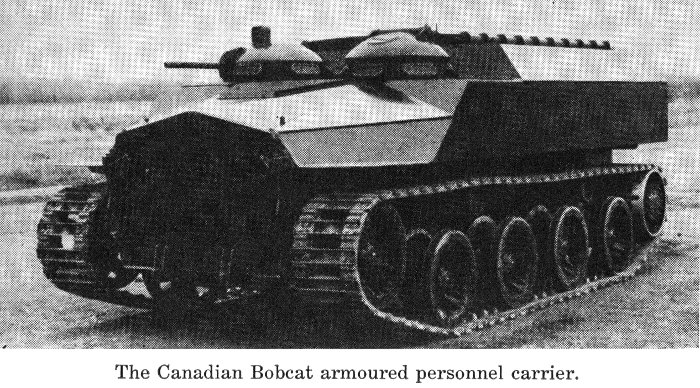
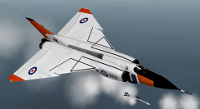 The Bobcat is to the Army what the
The Bobcat is to the Army what the 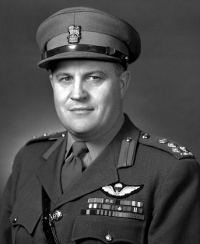 In the words of
In the words of 